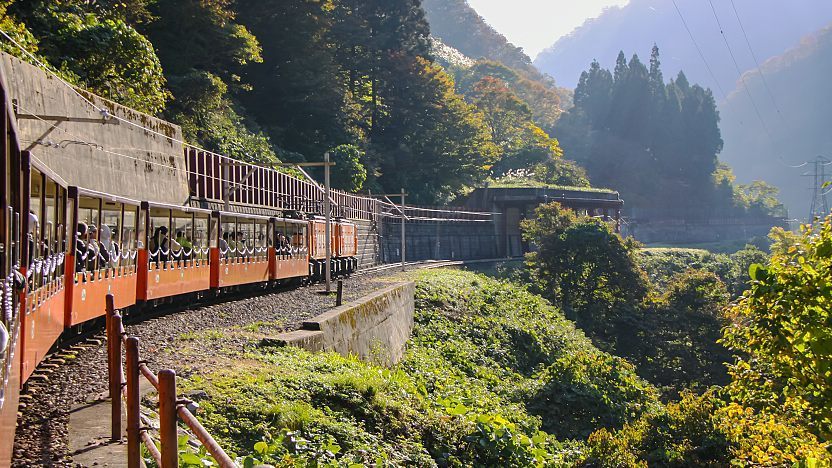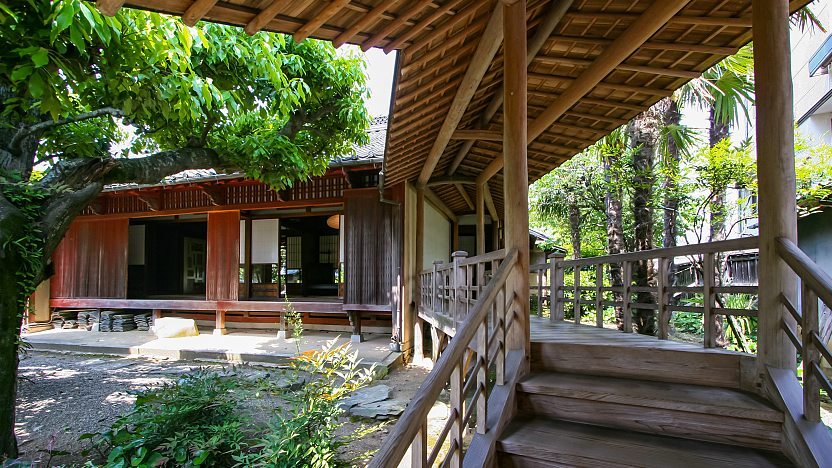Cultural Backgrounds
Kurobe Gorge
The Kurobe Gorge was largely unexplored until the Meiji period.1 In 1919, Toyo Aluminum Company was founded to aid in aluminum refinement using hydropower from the Kurobe River. After falling aluminum demands, and the death of the founder, Takamine Jōkichi, the company was renamed to Kurobe Hydropower Company and sold to Nippon Electric Power Company. Currently, the Kurobe Dam is operated by Kansai Electric Power Company.2 At the time of its construction, it was an imperative element in providing electricity to Osaka, providing 50% of the electricity demand at the time.

Kurobe Gorge had had a rail line to transport materials to assist in construction, but that line was open to locals for free. Due to increasing tourism, Kansai Electric Power Company decided to charge for the line as an attraction.3 The Kurobe Dam itself is a popular tourist attraction, bringing in about 1.025 million toursits per year, the most popular out of any Japanese hydropower site.4
Uchiko
Since the Meiji period, Uchiko has been known for its wax industry. Because of the wealth in the area, merchants were able to build a number of houses, some of which are preserved today to create the feeling of a Meiji-era Uchiko.5

In the late 1960s and early 1970s, Japan's rapid economic growth led to older houses being replaced with more modern ones. In 1982, Uchiko started a formal preservation program, aiming to preserve and restore old buildings.6 Much of the preservation efforts have been spearheaded by residents.7